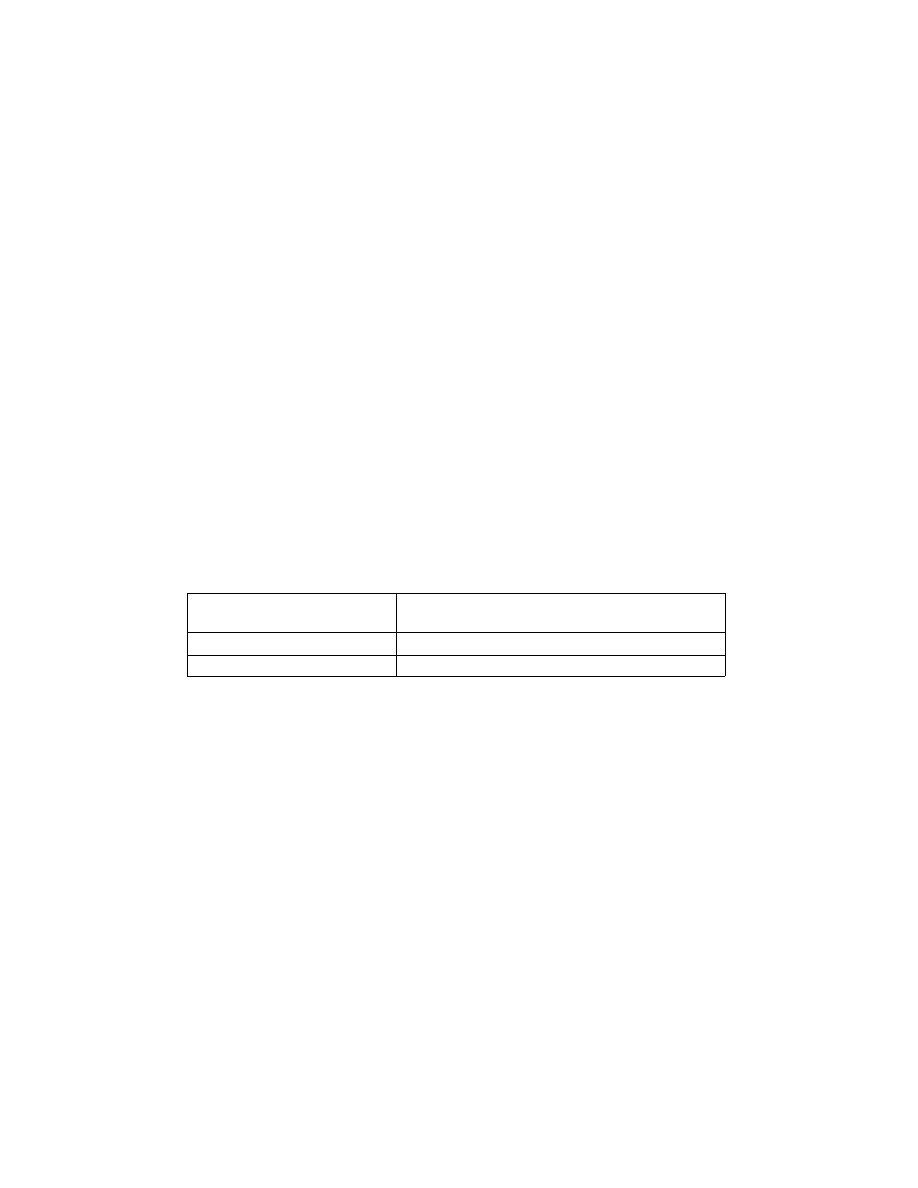
4/20/23
AIM
Section 3. Class G Airspace
3
−
3
−
1. General
Class G airspace (uncontrolled) is that portion of airspace that has not been designated as Class A, Class B, Class
C, Class D, or Class E airspace.
3
−
3
−
2. VFR Requirements
Rules governing VFR flight have been adopted to assist the pilot in meeting the responsibility to see and avoid
other aircraft. Minimum flight visibility and distance from clouds required for VFR flight are contained in
14 CFR Section 91.155. (See TBL 3
1.)
3
−
3
−
3. IFR Requirements
a.
Title 14 CFR specifies the pilot and aircraft equipment requirements for IFR flight. Pilots are reminded that
in addition to altitude or flight level requirements, 14 CFR Section 91.177 includes a requirement to remain at
least 1,000 feet (2,000 feet in designated mountainous terrain) above the highest obstacle within a horizontal
distance of 4 nautical miles from the course to be flown.
b.
IFR Altitudes. (See TBL 3
1.)
TBL 3
−
3
−
1
IFR Altitudes
Class G Airspace
If your magnetic course
(ground track) is:
And you are below 18,000 feet MSL, fly:
0
to 179
Odd thousands MSL, (3,000; 5,000; 7,000, etc.)
180
to 359
Even thousands MSL, (2,000; 4,000; 6,000, etc.)
Class G Airspace
3
−
3
−
1